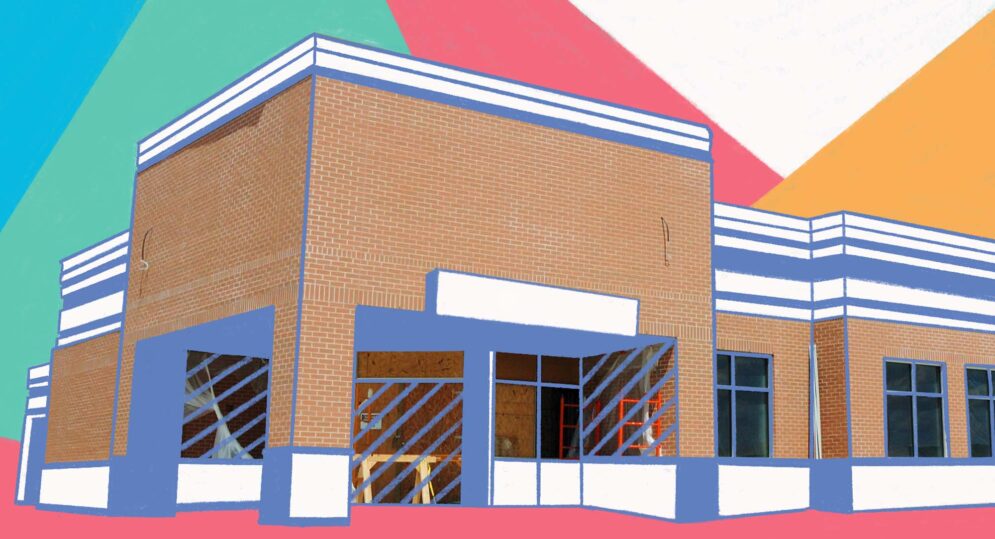Smartphones are gold mines of technologies that power countless uses. Accelerometers and gyroscopes offer utility and quality-of-life features, but the GPS built into the phone is chief among them. Modern phones and other mobile devices provide near real-time location data, and the value of this data has not been lost on the industry; location data alone is a $12 billion market.
This valuation comes, in part, from everyday uses, but the potential is much more. Location data are the force behind ride-hailing pickup locations, best-selling apps and games, and a cornerstone of modern business operations. Insights from these functions are found across many industries. Like internet connectivity, location data stands out as an encouraging accelerator for innovation.
Precise, accurate, pinpoint
Precision and accuracy are the keystones of any location-based service. If you cannot reliably say where something is, there isn’t a service. If a pickup location for a passenger is off even by one block, it costs travelers and gig workers precious time that can make a substantial difference. If a child’s tracking device misplaces them across town, or even a few streets over, it can cause panic for a family.
Recognizing the need for excellence in geospatial accuracy, Uber Engineering has developed and published a variety of ways this data can be collected. Phone GPS, accelerometers, gyroscopes, driver beacons, and barometers all collected data to feed into mathematical formulas to accurately predict where the passenger and drive are and will meet with very high confidence. The extreme precision with which location can be pinpointed turns the data from a loose “where am I” to a powerful tool in navigation.
Putting industries on the map
Innovation via location stands out particularly in business. Walgreens, for example, uses aggregated location data to better understand where customers are, where there are gaps in store locations, and where customers are when they need to make a quick run to the drug store. With these insights, the company can place stores in optimum locations to serve communities and maximize resources. It’s not just the largest companies that are privy to these insights either. Five million apps are connected to or using Google Maps data.

Profit alone, however, doesn’t capture the variety of ways that location data is transforming business. Companies are using “location intelligence” to better understand supply chains and improve sustainability efforts. Similarly, Forbes reports on the ways location intelligence is guiding decision-making in business. Companies are employing a new kind of analyst, one focusing on location, employed to mitigate risk, to respond to climate change, and to reinforce Corporate Social Responsibility. Logging, for example, benefits from location data to help manage output, monitor climate impacts, and manage the forests to ensure sustainability in economics, environment, and social obligations.
Location data already proved itself to be a worthwhile tool for business, but its potential is continuing to be unearthed. From entertainment to healthcare to public infrastructure, location data can create a lasting impact.
Niantic, the creators of the acclaimed mobile game Pokémon Go, is using its platform of location-based games to collect 3D visual data for new metaverse ventures. Meanwhile, early in the pandemic, researchers were utilizing location data to support their efforts in contact tracing for COVID-19. Brown University is publishing research about how high-resolution location data can help us understand segregation in our cities, and how to design public transit systems to overcome these societal inequities.
Automated vehicles and reimagining cities
The autonomous vehicle market is another major beneficiary of advanced geospatial data. AVs are projected to be a market worth more than $11B globally by 2028, and part of that growth is fueled by the location data innovations from Tesla, Google, GM, and others. While on its own, the growth of an industry is reason enough to take notice of these data, there’s another layer. Because transportation is at the heart of daily life, AVs will force a reimagining of our cities and public spaces.
In an article for Forbes, Dr. Regina Clewlow, CEO of mobility platform Populus, discusses the ways that mobility data, like location, can reshape cities for the better. She highlights the reclamation of parking lot space, creating bike and scooter friendly infrastructure, encouraging lower carbon means of transportation, and creating more equitable access to transportation.
“We are at an important juncture for public and private transportation players to find new ways of partnering to accelerate progress towards common goals,” writes Clewlow. “Although there are a few key hurdles to overcome, if cities and private mobility operators can find a path forward, we can grasp this critical moment to reshape the future of urban mobility.”

Russel Ruben, Director of Automotive Marketing at Western Digital, echoed this sentiment in an interview. Ruben highlighted the ways traffic and productivity might increase as transportation becomes automated.
“Think about everyone using Google Maps to get home, but AV systems will have centers to control traffic,” said Ruben. “Things will flow very nicely because they can control it much, much better.” These improvements can cascade into all sorts of changes in our daily lives, from the transition to a subscription-based transportation model, building homes without garages, and more harmonious orchestration of public transit, shipping, and other forms of transportation.
“The possibilities are much more than you or I could imagine,” he said, “and they will continue to expand.”
More than a point on a map
Location data are a powerful disruptor across industries and sectors, there’s no denying. It’s easy to dismiss the information as powering “coffee near me,” but it’s more than that. Geospatial data can build businesses, be the basis of new and revealing research, and create unique and exciting interactive experiences. It can even change the way we imagine and navigate the spaces we inhabit. Location is more than just a point on the map; it’s a strategy, it’s a tool, and it’s a story. Like any good source of data, it tells you more the closer you look at it.



